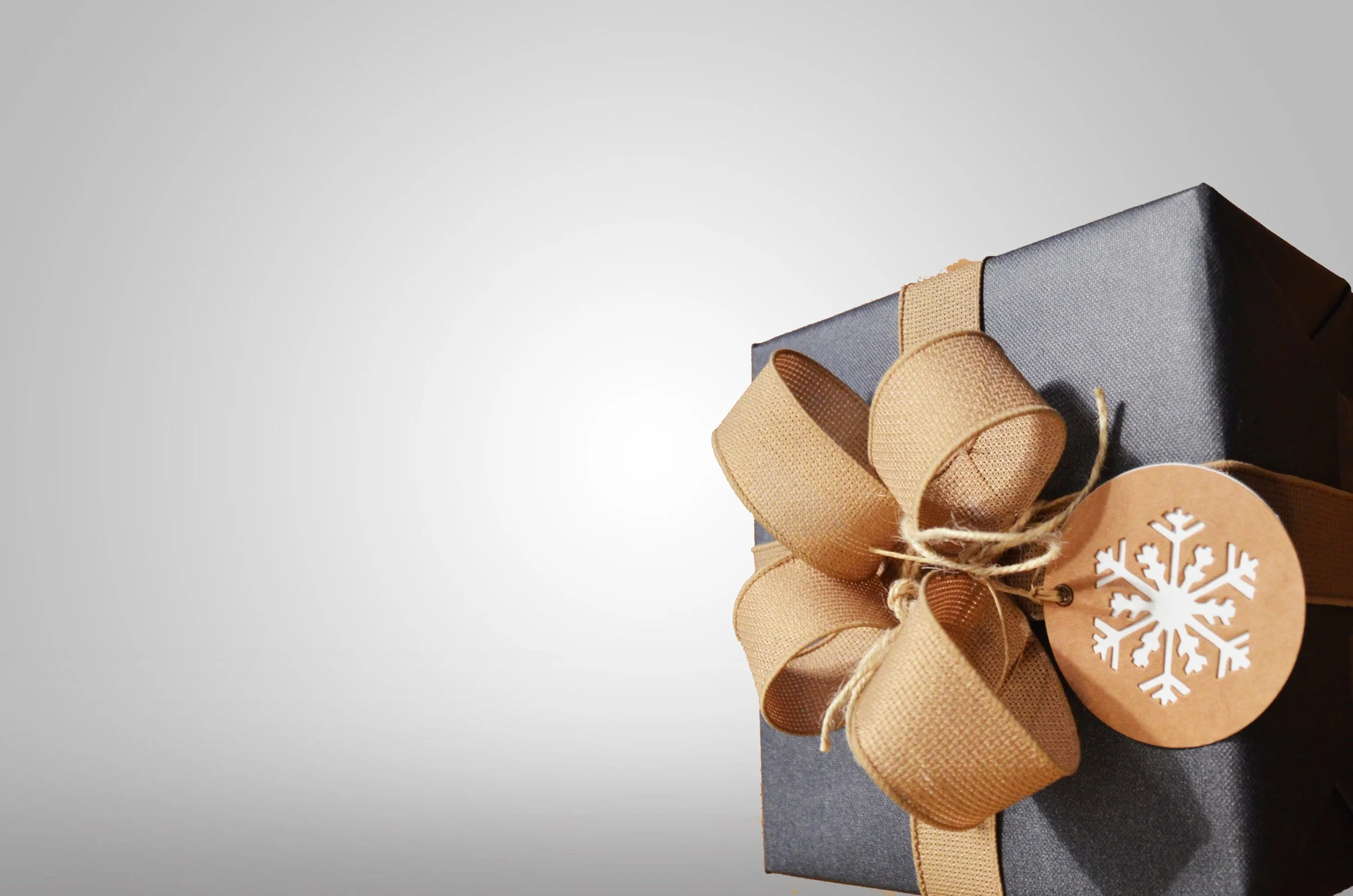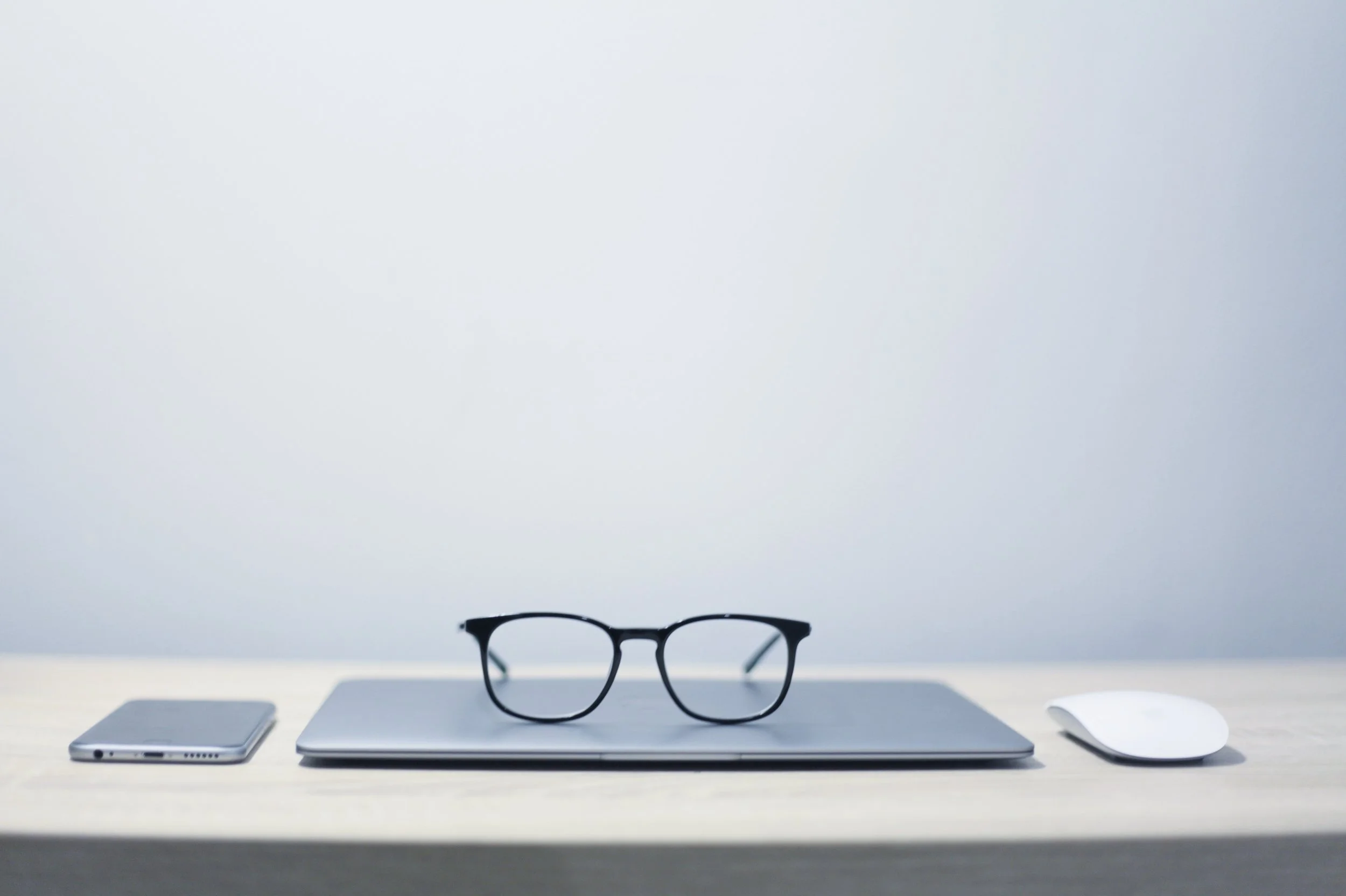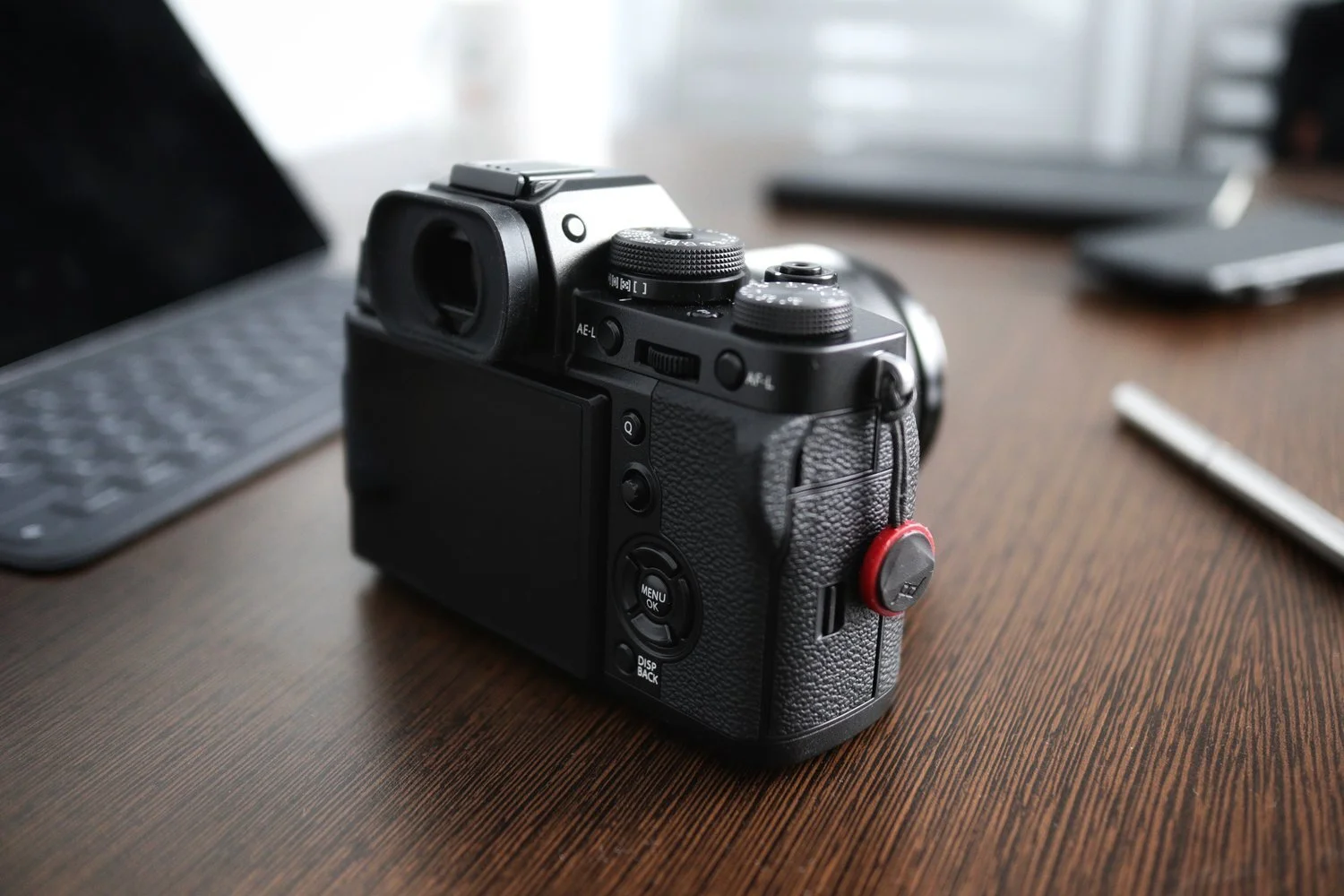Iphone Tricks to Snap Better Pictures
Current smartphones have some amazing cameras and when on vacation these are the cameras you will most lean on to get those epic pics. These devices are camera powerhouses, packed with more features than independent cameras. Learning to use this pocket camera at its full potential will help you better capture those emotional moments or up your instagram game. Here are some ways to get the best out of your smartphone camera.
1: Composition
This is going to be the most common tip on the internet and the most important tip on this list. Work on your composition. For those who dont know what composition is, it is the sum of photography techniques that make up a picture. This comes down to angle, crop, lighting, color, edit, rule of thirds, leading lines, horizon lines, head space, emotion, and other different compositional elements.
Photographers have unlocked how the brain understands images even before scientists have. These composition techniques are the keys you need to make your pictures look professional.
Since there are too many techniques to talk about I suggest researching. A simple google search will set you on the right path and then its just practice from there on out. This will effect your pictures more then any tip on this list.
2: Use panoramic camera to capture higher resolution pictures
If your iPhone camera has 12mp sensor then by using the panoramic mode you can effectively get over 200 megapixel images. Of course you probably dont want stretched out and warped panoramic images so heres the trick; use the panoramic mode sparingly.
If you look carefully at the left mountain you can see the imperfect stitching as mentioned. It looks like it was duplicating or stitching the same image over itself causing a cloneing effect. If you zoom in you can see the bird that was flying above the moutain was cloned.
Because the iphone panoramic mode requires the iphone to be vertical (portrait mode), if you swipe the camera only part way through the panoramic, enough to have the horizontal dimension of the picture be 1.25 the length of the vertical, then you essential took a normal 4x3 iphone picture but at an extremely higher megapixel count.
To not make this seem like you are pulling a rabbit out of a hat, what you are essentially doing is taking larger field of view, or a wider picture. The phone is simply capturing a larger picture. In some cases this is what you want. To close to your subject? Take a panoramic picture to capture the whole subject. You can even turn the phone sideways and take the pano up and down and then rotate the picture in post.
The problems with this method are that longer panoramic pictures tend to distort the image making the subject look like its leaning or bending. Another issue is the camera can get confused and imperfectly stitch the image causing artifacts to appear. This can be seen in the picture provided.
Either way I found that instead of stepping back to get the entirety of the subject I can instead take a short panoramic image which yields me a higher resolution, and thus sharper, image.
3: Magic wand tool
The iphone has great, yet basic, photo editing tools. By entering the edit settings on a picture one can adjust many aspects of an image, apply basic filters, crop, and rotate. If you dont want to adjust every little slider you could always adjust just the light and color macro sliders and let the iphone do the micro adjusting.
The photos app is a relatively easy photo editing app to use but if editing a photo intimidates you then there is an easier way, the magic wand tool. After touching edit, in the top right corner there is what looks like a magicians wand. By clicking this the iPhone will use complex algorithms to examine the image and make the necessary adjustments to enhance the look of the image without over editing.
Even before editing a picture in a more complex app, before adding a filter, or if I just want to send someone a quick snap I always use the magic wand tool. This tool will almost always make the image look better.
4: Stabilization
Used the fence on the Eiffel tower to stabilize my iPhone.
This can be the difference between a blurry picture and a sharp one. Built into the newer iPhones is an image stabilizer that helps remove your shaky hand from the process of taking a picture. But sometimes that stabilizer is not enough. In low light scenarios your phone will need to compensate for the lack of light and to do so the phone might take a longer exposure. This is when stabilizing your phone becomes more important. I will usually use a wall, fence, or other object to take a picture. If your willing to spend some money manfroto makes a great mini tripod for phones.
If no wall or other support is around then I securely hold my phone. What I do is grip the phone completely with one hand, and just with my fingers with the other hand that will touch the shutter, then I rest my elbows on my torso, and finally while holding my breath or exhaling I gently touch the shutter with my finger while trying to remain very still. Its more comfortable then it sounds.
I would like to think that Apples algorithm takes into account the shaking of your hand, measured by the infinite amount of gyroscopes in the iPhone when deciding what settings to use to take a picture, but I dont know that for a fact. Either way you should stabilize your phone for the best quality pictures.
5: RAW and photo editing apps
This last tip is or the more photographically astute. There are very powerful photo editing tools on the market such as lightroom and affinity photo. These complex apps take time to learn so if you are serious about photography maybe you want to buy/download some and start tinkering.
There are a few however that are easy to get into but tough to master. One of my favorites is snapseed. This is a google made app that can be easy to use but provides some complex features when your ready to get into that level. Before you go buying or downloading these apps I suggest using the built in photo app first to understand what each slider does. This basic app can do so much to your images. Just play around with the sliders and see what happens.
Lastly, the iPhone natively shoots in jpeg. This is a format that takes what the image sensor captures and strips away detail so that pictures will takes up less storage space on the phone. If you want to keep all that detail then you will need to shoot in RAW. To do this you will need to download (I dont think there are free apps to do this right now) a camera app from the app store. I haven't used any of them so I have no recommendations.
RAW format pictures can be pushed harder in editing with less artifacting and noise. The downside is that RAW images are significantly bigger then jpeg and will quickly fill up your phones storage.
6: Get closer
I was once told if you are having trouble getting the right shot then get closer. What I find most begginer photographers do is try to frame their subject while also getting as much of the environment creating an image that is messy. To much in an image is not a good thing.
Second advantage of getting closer to the subject is you can get a blurry background. On a smartphone it is hard to get bokeh or blurry backgrounds but the closer you get the more out of focus other things farther away from the subject will be. Getting closet will give you a professional looking image.
Have any more tips or enjoyed the article? Drop a comment or email us!









